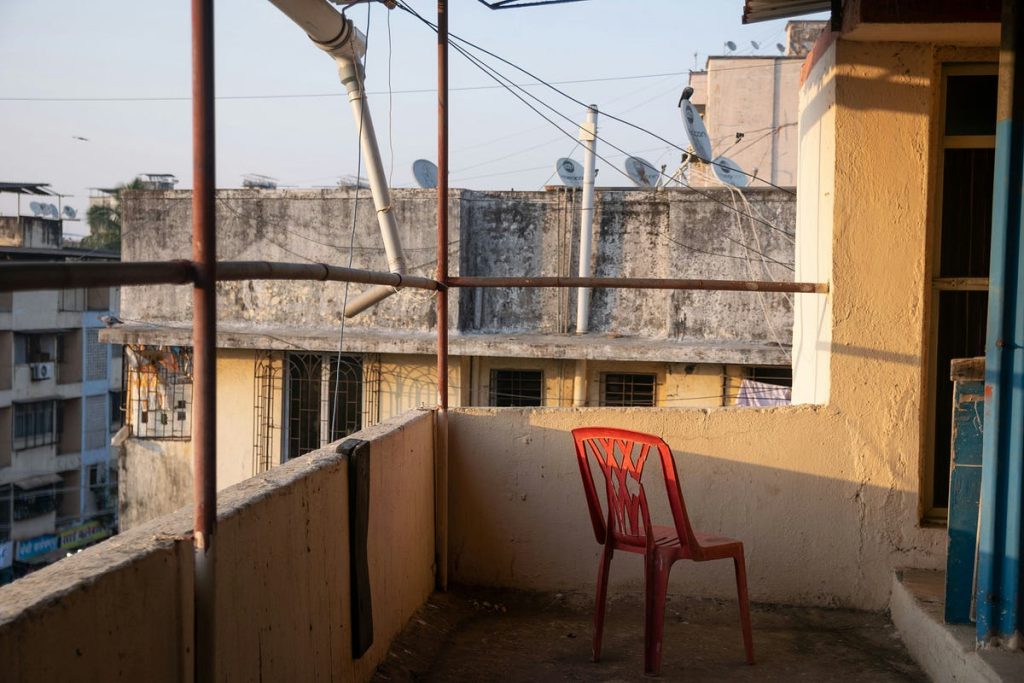
Welcome to a world that often prioritizes hustle over rest. In today’s hyperactive environment, we are frequently bombarded with messages encouraging us to be more productive, achieve more, and constantly push our limits. It’s easy to get caught up in this whirlwind of activity, neglecting the crucial importance of doing nothing.
The Art of Doing Nothing: Reclaiming Leisure Time in a Hyperactive World is more than just a concept; it’s a vital practice for modern living. In a society obsessed with constant motion and output, carving out time for “doing nothing” might seem counterintuitive. Yet, in this seemingly paradoxical act of inactivity lies a profound opportunity for rejuvenation and personal growth.
The relentless pursuit of productivity often leaves us feeling depleted and disconnected. We strive for more, achieving more, but at what cost? Often, the sacrifices to our well-being, mental and physical, take center stage in our lives. Our bodies and minds crave a chance to pause and restore—a chance to reconnect with ourselves and the present moment.
Our modern world operates at a breakneck pace, frequently creating immense pressure to keep up. The ceaseless stream of emails, messages, and notifications constantly pulls our focus in different directions. This constant stimulation can lead to stress, anxiety, and even burnout. And the best way to combat this— paradoxically—is by doing nothing.
By consciously choosing to engage in moments of non-action, we can cultivate a more balanced and fulfilling life. Reclaiming leisure time is not a luxury; it’s a necessity. It allows our minds and bodies to recharge, fostering creativity, focus, and emotional well-being.
Integrating periods of “doing nothing” into our daily routines can be incredibly beneficial for our overall well-being. A few minutes of quiet reflection, a walk in nature without a destination in mind, or simply sitting and observing your surroundings can significantly impact your mental health and reduce stress.
The art of doing nothing isn’t about laziness or inactivity. Instead, it’s an active choice to prioritize rest and rejuvenation. It’s about cultivating a sense of presence in the present moment, without judgment or expectation. This conscious detachment from external stimuli allows us to reconnect with our inner selves and gain a fresh perspective on life’s challenges.
Incorporating leisure into your routine doesn’t require elaborate rituals or significant time commitments. Start by allocating even five to ten minutes daily for simply being. This might include listening to calming music, engaging in a relaxing hobby, or simply sitting in silence.
In today’s culture, we frequently find ourselves yearning for stillness and a moment to breathe. A mindful pause in the whirlwind of our daily lives is crucial for maintaining our mental and emotional well-being. This conscious choice to do nothing empowers us to appreciate the simple pleasures in life.
Taking time out for relaxation isn’t selfish; it’s essential for our well-being. It allows us to replenish our mental energy, enabling us to tackle tasks more effectively and connect with loved ones more meaningfully. This conscious detachment from external pressure allows us to approach our responsibilities with clarity and focus rather than exhaustion and overwhelm. By embracing the art of doing nothing, we create space for ourselves to thrive, not just survive.
In a world that constantly demands our attention and productivity, taking time for leisure might seem frivolous. However, embracing “The Art of Doing Nothing” offers a surprising antidote to stress and burnout. By actively carving out moments of stillness and reflection, we can cultivate a deeper understanding of ourselves and the world around us. Ultimately, the art of doing nothing isn’t about inactivity; it’s about finding meaningful rest and rejuvenation, which ultimately leads to increased productivity and a richer life experience. Schedule downtime in your calendar and experience the transformative power of doing nothing.